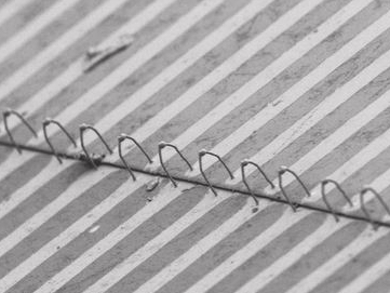Jang-Ung Park, Ulsan National Institute of Science and Technology (UNIST), Korea, and colleagues have developed a 3D printing technology that can produce curved and flexible electronics circuits.
Their 3D electrohydrodynamic inkjet (e-jet) printing can produce ultrafine patterns as thin as 0.001 mm at room temperature. By this they improve the maximum printing resolution 50 times and produce flexible 3D electronic components that are difficult to achieve by means of conventional lithography processes. They print fine 3D features of diverse materials, including organic light-emitting small molecules and metallic or magnetic nanoparticles, with relatively complex shapes, such as arrays of pillars with high aspect ratios, walls, helical structures, and arch-like bridges. It is possible to directly print a second feature with different materials onto a preprinted 3D structure to produce 3D patterns of heterogeneous materials. The formation of freestanding, 3D interconnects of Ag on plastic substrates demonstrates that the e-jet printing is applicable for flexible electronics.
Currently, the researchers are improving the speeds for printing by testing multiple-nozzle implementations of the 3D e-jet printheads.
- High-Resolution Printing of 3D Structures Using an Electrohydrodynamic Inkjet with Multiple Functional Inks,
Byeong Wan An, Kukjoo Kim, Heejoo Lee, So-Yun Kim, Yulhui Shim, Dae-Young Lee, Jun Yeob Song, Jang-Ung Park,
Adv. Mat. 2015.
DOI: 10.1002/adma.201502092




